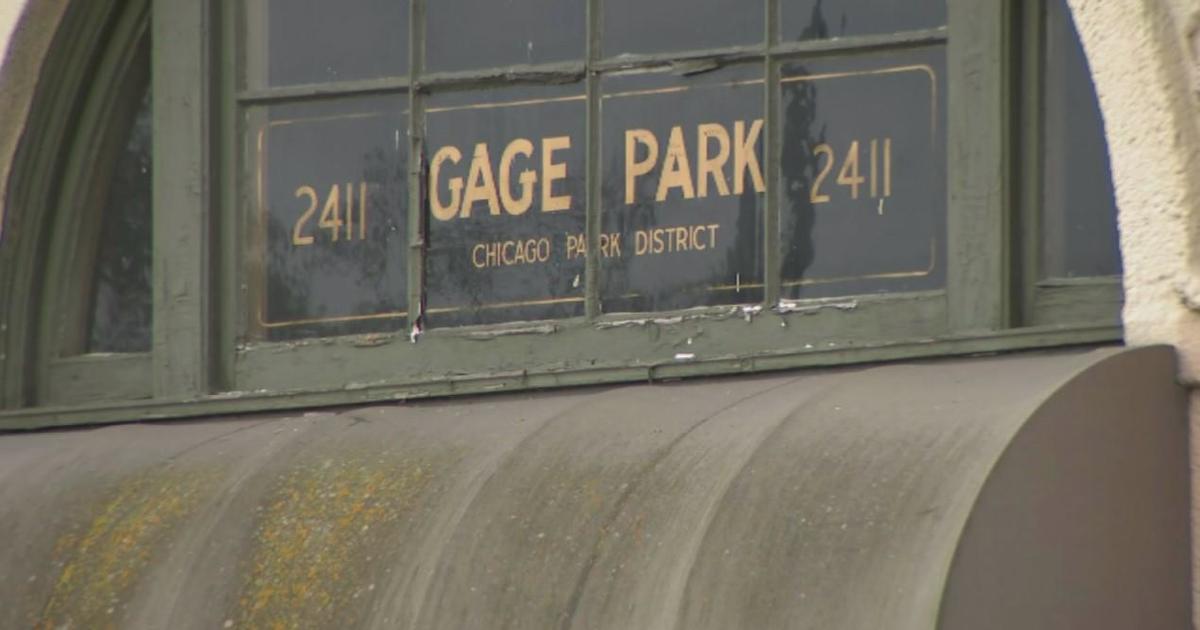No-Chip Manicures Can Go Wrong
CHICAGO (CBS) -- They look beautiful. They dry fast and last for weeks. But at what risk?
There are growing concerns about nail damage caused by "no-chip" manicures, especially if technicians don't follow the manufacturer's instructions.
There are many different brands for no-chip manicures.
CBS 2's Pam Zekman got a demonstration on how one of them, OPI Axxium soak-off gel lacquer, is supposed to be done. Jessica Knepper, a nail technology instructor and advisor to the Tricocci University School of Beauty Culture, showed how the base coat, followed by two coats of polish and a sealer, are applied.
Like other brands, each coat is cured under ultraviolet lights for a total of 6 minutes. The resilient coating lasts two to three weeks, Knepper says.
"I love it. It's like a mom's best friend," Amy Collazo said after her manicure. "I won't have to look at them, worry about them for the next two to three weeks."
But the process that makes it last also makes it more difficult to remove compared to a traditional manicure.
Pads soaked in acetone are supposed to be wrapped around the nail for 10 to 40 minutes or more, depending on the brand and the number of coats of polish used.
Knepper says consumers need to beware of manicurists taking shortcuts.
She says sometimes they won't leave the nail soaked in acetone long enough. Then, she says, the technicians will "try to scrape it off and pry it off the nail for speed."
"That is not the proper way to do it," Knepper says.
Catherine McBride says that's what happened to her when she had a no-chip manicure removed.
McBride says her manicurist told her she had not done the procedure before. The manicurist's first mistake was having McBride put her fingers in a bowl of acetone instead of wrapping the nails, as instructed.
Experts say that over time, soaking your fingers in acetone can cause dryness.
Then after less than 10 minutes, McBride says the manicurist used a metal instrument to vigorously scrape the polish off.
"It was painful," she says.
Within weeks, one of McBride's nails fell off.
"The nail bed was raw and bleeding," McBride recalled. "It was scary."
She consulted with Dr. Amy Derick, a board-certified dermatologist.
"Catherine's situation is a rare complication," Derick says. "What happened with her, I think, is that they didn't soak it long enough and so when the actual instrument was used to remove it, they had to use so much force to get the nail polish off that they really damaged the nail plate and the nail matrix."
Derick says other problems are more common.
"Many times people don't realize that the actual application of these gel nails does make the nail a lot more brittle," she says.
She notes an article that appeared in the Journal of Cosmetic Dermatology. It was authored by doctors at the University of Miami Miller school of Medicine, who reported on "nail weakness, brittleness and thinning" in five subjects after the application of gel polish and removal with acetone and manual peeling.
Four patients described in the article had Shellac gel polish manicures at professional salons, said one of the authors, Dr. Shasa Hu.
Another doctor measured her nail thickness before and after she had an OPI Axxium manicure. One nail was about 20 percent thinner and another was about 50 percent thinner, Dr. Hu told CBS 2, "which is pretty dramatic."
The clinical appearance of the nails of all the subjects improved with time, the article said.
"Overall we hope that this report raises the awareness of potential adverse effects of the gel polish system on nail health," the doctors wrote. "It is likely that the general public is not aware of such potential adverse effects."
Manufacturers of CND Shellac and OPI say their no-chip manicures are safe and there is no nail damage when instructions are followed by trained manicurists like Knepper.
"If the tech doesn't know what they're doing they can severely damage your nail to where you could permanently lose it or you could be permanently disfigured on the nail," she says.
In a written statement, Chad Conger, CND Research Chemist, criticized the Miami study.
"It is dangerous to lump the products listed into one category because the formulas, properties and performance of each of these systems is very different," he said.
He said unlike other brands, CND Shellac does not require manicurists to file or buff the nail before application, which can lead to thinning.
And for removal, other brands require filing down the gel polish prior to immersing it in acetone.
"If not done carefully," he said, the manicurist can file into the natural nail and damage it.
Conger notes that "the methods of application and removal are not specifically referred to in the study and that is a major oversight as any number of things could result in all of the issues that were reported."
He noted that the study said in some cases the manicure was "manually peeled off. This should never be done with any nail product."
"It should be obvious that peeling a product off manually would cause damage to the natural nail," Conger said.
CND offers a guide to find a professional technician.
Eric Schwartz, Chief Executive Officer of OPI, said the Miami study was based on "very limited data and has the potential to mislead people."
"As is the case of many disciplines, results are based on the skills of the person giving the service. I would guess the person providing this service did not do their job," he said.
Schwartz also said OPI Axxium soak off gel is "inherently safe," but if someone is not putting it on or taking it off properly "there can be a problem."
He said OPI has developed another no-chip manicure called OPI Gel Color.
"With each generation, it goes on and off more easily and lasts longer," Schwartz said. OPI Gel color comes off in 15 minutes with bandages soaked in acetone, he said.
Some doctors believe there's also a potential risk factor for skin cancer with repeated exposure to UV nail lights. But industry scientists strongly disagree, saying a report on that contained errors and misstatements.
However, if you're concerned, experts say you can cover the top of your hands with a cloth, wear fingerless gloves or apply sun screen when using a UV nail light.
Meanwhile, LED lights now work for some brands like OPI Gel Color. The LED lights cure or dry the polish faster reducing exposure to the ultraviolet light.
OPI provided web links. One describes describes what to look out for in a nail salon, including when to be wary of nail technicians. Another link reports on gel manicures and pedicures from the Nail Manufacturers Council. It describes how gels should be applied and removed properly and how safe they are.
Both manufacturers recommend that you make sure your manicurist is licensed by the state and trained in the no-chip manicure system you select.



